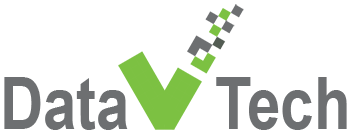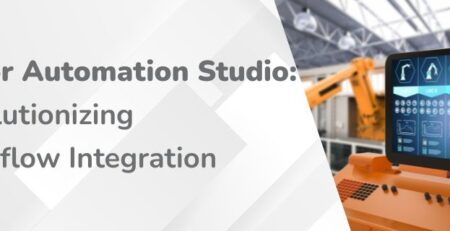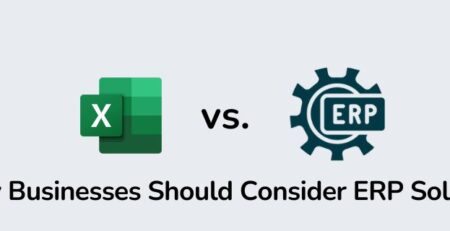If manufacturing were a board game, planning and scheduling would be the rulebook. Ignore it, and you’re left with chaos, mismatched parts, and a shop floor wondering why deadlines keep slipping. At Data V Tech, we know how vital it is to speak the same language—whether you’re a production scheduler, a capacity planner, or just someone trying to figure out why your BOM doesn’t match your inventory.
So, we’ve put together this friendly glossary of the most important manufacturing planning and scheduling terms. Think of it as your cheat sheet for mastering manufacturing efficiency—minus the jargon-induced headache.
Common Planning and Scheduling Terms You’ll Actually Use
Production Scheduler
Your daily playbook. This tool creates and manages production schedules, decides sequencing, and allocates resources. Without it, Monday mornings look like a free-for-all.
Capacity Planner
The superhero calculator that ensures you don’t overbook machines or people. Its main goal? Spot bottlenecks before they ruin your production flow.
Forward Scheduling
Start as early as possible, finish as fast as you can. Great for maximizing utilization—but don’t forget, it may leave you twiddling your thumbs before delivery.
Backward Scheduling
The opposite approach: start from the due date and work backward. It’s like planning your commute by asking, “What’s the latest I can leave without being late?”
Master Production Scheduling (MPS)
The bird’s-eye view. MPS lays out product timelines and quantities based on forecasts and customer orders. It’s the master plan your factory lives by.
Finite Capacity Scheduling
Schedules with realism. It acknowledges constraints—machines, people, materials—and prevents you from trying to run three jobs on one press at the same time.
Infinite Capacity Scheduling
Schedules with optimism. Ignores resource limits and assumes your plant is a magical, infinite-energy factory. (Spoiler: it’s not.)
Just-in-Time (JIT) Scheduling
Make it when you need it, not before. JIT minimizes inventory, but it requires precision—one hiccup and you’re short on parts.
Shop Floor
Where the magic (and sometimes chaos) happens. Workstations, machinery, and assembly lines—all buzzing to bring your MPS to life.
Work Center
A specific location where a particular operation happens. Think of it as a production checkpoint.
Work in Progress (WIP)
Not quite done, not quite raw. WIP sits in limbo, waiting for the next step in production.
Factory Calendar
Your factory’s diary. It defines operational hours, shifts, holidays, and downtime—because even machines need breaks (sometimes).
Production Resources
The essentials: machines, people, utilities, and materials. Basically, the “who” and “what” you need to build products.
Procurement Scheduling
The fine art of making sure your materials show up before you need them—not a week after.
Transfer Time
The not-so-sexy detail: how long it takes to move stuff between work centers. Ignore it, and your schedule looks perfect on paper but fails in reality.
Production Constraints
The limits—machine breakdowns, material shortages, labor gaps—that stand between you and a flawless plan.
Routing
The GPS of manufacturing. It maps out the path materials take through the shop until they become finished goods.
Dispatching
The go-signal. Dispatching sends tasks from the schedule to the shop floor for execution.
Execution
The moment of truth—actually carrying out scheduled activities, monitoring progress, and troubleshooting issues.
Additional Highlights You Shouldn’t Skip
- Demand Forecasting – Predicts what customers want so you don’t overproduce or underdeliver.
- Material Planning – Determines the raw materials you’ll need, when you’ll need them, and how much.
- Aggregate Planning – Big-picture planning by grouping products into families (instead of micromanaging each stock keeping unit – SKU).
- Plan Item – Any item (produced, purchased, or distributed) that gets a slot on the schedule based on demand.
Why This Glossary Matters
Here’s the deal: if your production teams don’t share a clear understanding of these terms, schedules fall apart. Miscommunication leads to bottlenecks, overproduction, or costly downtime.
At Data V Tech Solutions, we don’t just throw software at these challenges. With tools like Epicor Kinetic, advanced scheduling modules, and integrations (yes, we’re looking at you, CADLink), we make sure your planning vocabulary translates directly into manufacturing efficiency.
Manufacturing success isn’t just about machines and materials—it’s about clarity. Get the terminology right, and your planning and scheduling systems become powerful engines for efficiency.
Ready to put this glossary to work?
Talk to Data V Tech Solutions today to learn how modern ERP solutions bring these concepts to life on your shop floor.












